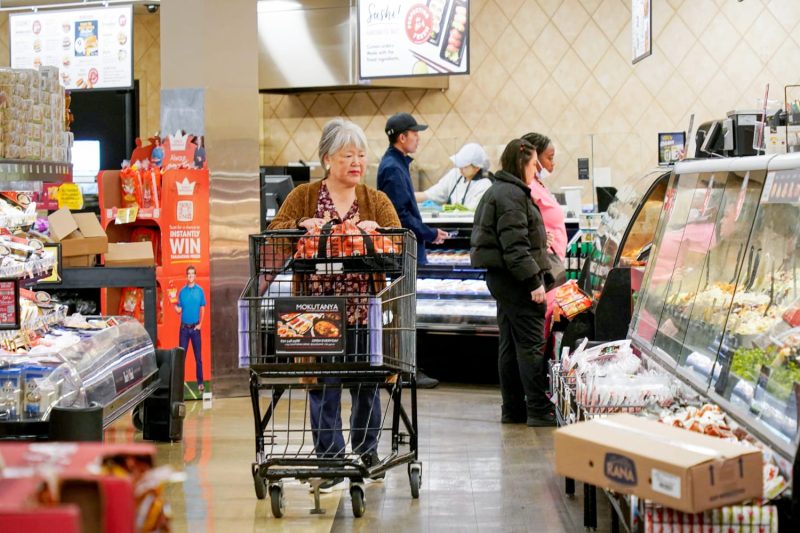The recent performance of the U.S. economy has captured the attention of economists, policymakers, and investors alike. According to the latest data released by the
Bureau of Economic Analysis, the economy grew at a robust pace of 2.8% in the second quarter of this year, surpassing expectations and indicating a strong
recovery from the challenges posed by the ongoing global pandemic. This growth rate reflects a significant acceleration compared to the first quarter and provides
valuable insights into the country’s economic trajectory.
One of the key drivers of this economic expansion was the substantial increase in consumer spending, which surged by 11.8% during the second quarter.
Consumers played a pivotal role in driving the economy forward, buoyed by factors such as rising employment levels, stimulus payments, and increased
confidence in the recovery. As individuals resumed spending on a wide range of goods and services, businesses experienced a boost in demand, leading to
higher production levels and increased economic activity across various sectors.
Another notable contributor to the strong economic growth was the resurgence of business investment. Companies ramped up their spending on equipment,
structures, and other capital goods, signaling a renewed sense of optimism and a willingness to expand operations. This uptick in investment bodes well for
long-term productivity and innovation, laying the groundwork for sustained economic growth in the future.
Furthermore, the growth in exports played a significant role in driving overall economic performance, with exports increasing by 6.1% in the second quarter. This
highlighted the resilience of U.S. businesses in tapping into global markets and capitalizing on overseas demand for American goods and services. Despite
ongoing trade tensions and supply chain disruptions, exporters proved to be adaptive and agile, contributing to the overall strength of the economy.
However, it is important to note that the path to economic recovery is not without challenges. The recent surge in COVID-19 cases driven by the Delta variant
poses a threat to continued growth, potentially leading to disruptions in supply chains, labor shortages, and reduced consumer mobility. Additionally, rising
inflationary pressures and uncertainty surrounding fiscal and monetary policies could impact consumer confidence and business investment decisions in the
coming months.
In conclusion, the U.S. economy’s robust growth in the second quarter underscores its resilience and adaptability in the face of unprecedented challenges.
While the road ahead may present obstacles, the momentum gained in the recent months positions the economy on a path towards sustained recovery and
expansion. By leveraging the positive trends in consumer spending, business investment, and exports, the U.S. economy can navigate through uncertainties
and build a foundation for long-term prosperity and competitiveness in the global arena.
